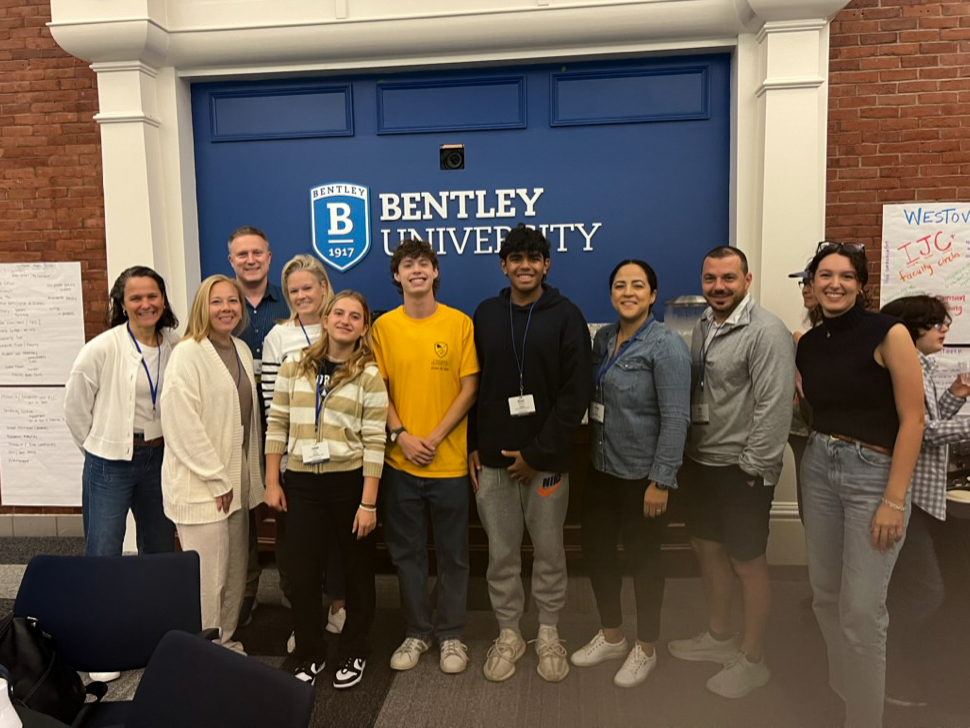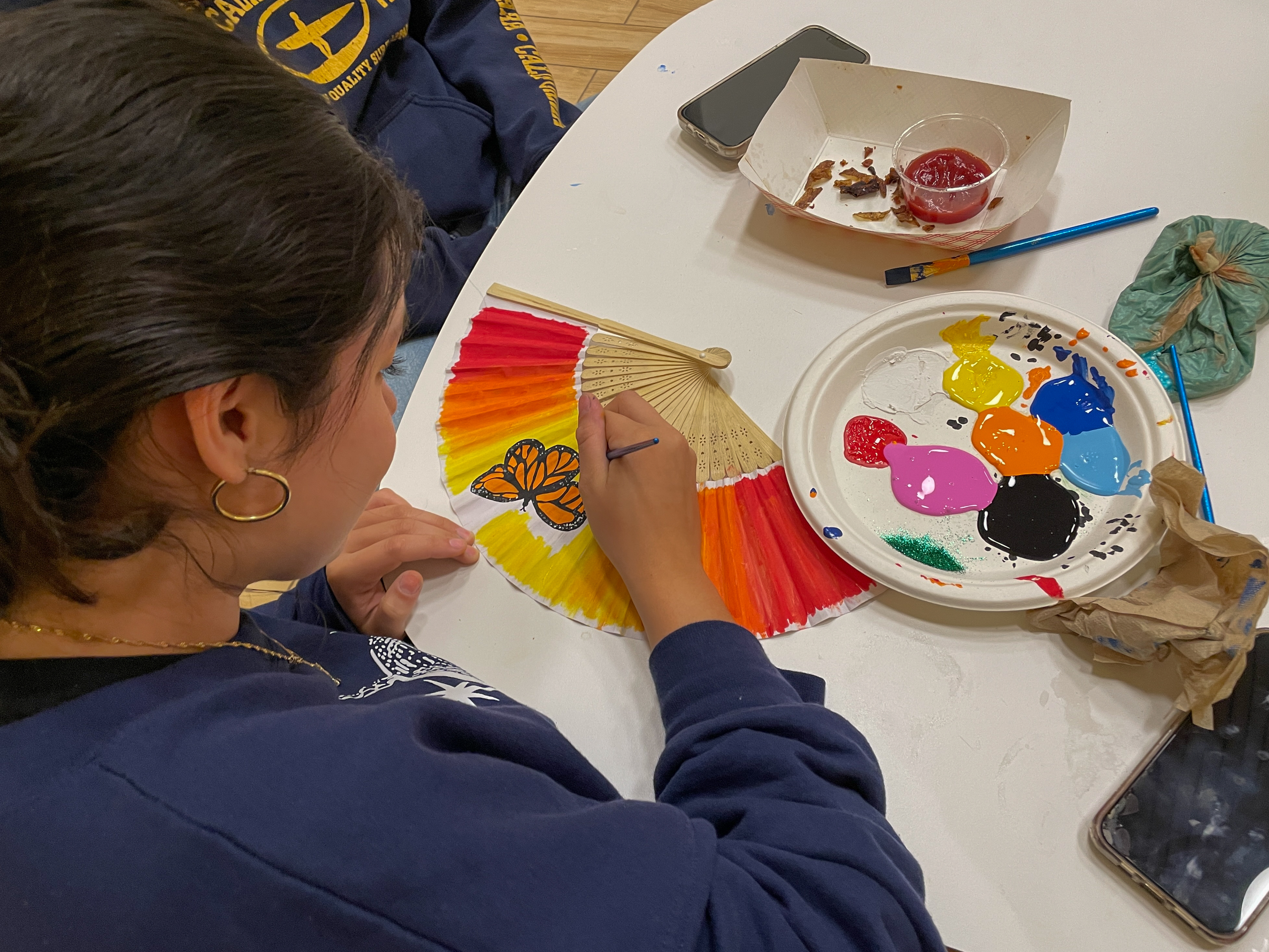With the temperature recently dropping to the lowest it has been all season and winter term picking up pace for exam week, students and faculty are huddled in close proximity indoors, and their immune systems are also in decline, creating ideal conditions for the flu to strike Choate once again. Every year, the Center for Disease Control predicts which strains will be prevalent in the United States and creates vaccines against these strains. Early in the season, the Health Center promoted this year’s vaccination, visiting individual dorms to inoculate students. However, the vaccine created for this year was relatively inaccurate.
This year’s flu situation coincided with a lice outbreak on campus. Dr. Christopher Diamond, Director of Health Services, noted interesting differences in the way the two epidemics are regarded: “In the middle of the flu season, we had an outbreak of head lice. So maybe up to 5% of students had some head lice or signs of head lice. We probably have had more people who’ve had the flu or flu-like illnesses since October and moving on. Here’s the difference: there is absolutely no adverse medical problem that you can get from head lice. Nothing. People are afraid to sit in chairs because of lice, but at the same time, they’re going to classes with fever, with cough, they don’t want to come to the Health Center because they’re afraid if they have a fever, they’re going to be asked to stay here so they don’t get anybody else sick.”
There are many different symptoms that can help distinguish the flu. According to Dr. Diamond, “The flu is serious. It can knock you down for anywhere between three to seven days, or even longer. The main symptoms are non-specific, but one of them is described as ‘prostratism,’ or the inability to get up. Some people even say their hair hurts, it hurts that bad. But it’s that feeling of body aches, fever, fevers over 100º, and something else like a cough or sore throat, that classifies it as a flu-like illness.”
After a student is identified as having a flu-like illness or the flu, the Health Center follows a protocol, keeping the student in the Health Center for 24 hours after the fever has ended. According to Dr. Diamond, this is in the best interests of the students and for the community as a whole.
He said, “Your whole upper respiratory system and lungs are exposed to other infections. We want it for your own protection. We want to be able to take care of you and nurse you and make sure you’re not getting really sick. The more people get the flu, the more people who could be really sick from the flu can get it, like folks who are elderly, folks with diabetes, folks with asthma, emphysema. We know in a normal year, 20,000 to 40,000 Americans die of the flu. We don’t tend to think about that. If young people get it, it means it’s more out in the community.”
However, students may construe this protocol differently. Many students are not willing to risk missing school to check into the Health Center, even if they are experiencing symptoms of the flu, like a fever.
Carter Prince ’18, who has returned home for the weekend with the flu, said, “I am now way behind on work. It’s stressful being behind work. As if Choate isn’t bad enough already for stress, being behind makes it even worse, especially because we are nearing the end of the term.”
Samantha Rusnak ’18, who also contracted the flu, echoed this sentiment. “I’m scared to miss class because I don’t want to get behind in anything. Being in the Health Center didn’t feel great because I didn’t feel well. I feel like it’s not worth it to skip class until you feel really sick, because you’re going to have so much work to catch up on.”
There are preventative measures to take before an onset of the flu. According to Dr. Diamond, vaccination, with a relatively accurate prediction, a flu shot will be 70% effective. Other measures include practice of proper hygiene and avoiding unnecessary physical contact. It is also important to seek help when symptoms are identified, both for the health of the individual and for the community at large.




